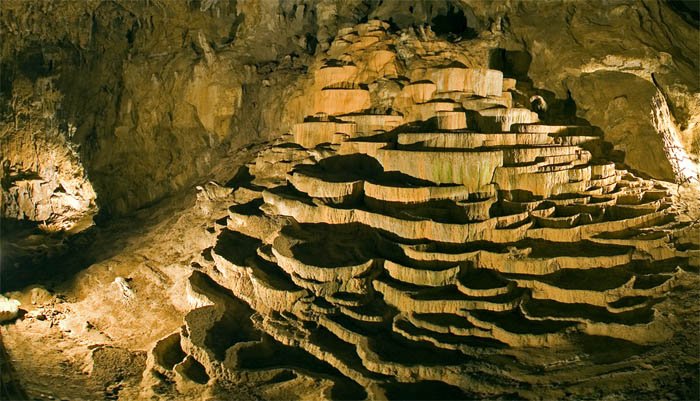
Since 1996, the territory above and around the caves has been a protected regional park, and was also recognised as the first underground wetland in 1999 under the Ramsar Convention. However, at the end of the day it's the magnificent Karst cave system itself that's responsible for attracting an estimated 100,000 visitors a year, the vast majority of whom (ourselves included) can't believe their eyes.
First written about during the 2nd century BC, the caves had actually been discovered long before this, with archeological evidence proving that they had been used as far back as the 12th century BC. Of the many artefacts found within the caves, the majority are weapons such as spearheads, axes and swords as well as fragments of vessels and other domestic items used by people during Bronze Age.
Perhaps even more interesting are the findings that suggest the caves were part of ancient trans-regional religious sites, with sections of the caves being used for various religious purposes such as sacrificial rites and cult rituals. Officially opened to tourists on January 1, 1819, the caves were thought to be entirely charted by 1890, although further discoveries were made in 1991, bringing the total length of explored caves to 6.2km,of which nearly 3km can be visited by the public.
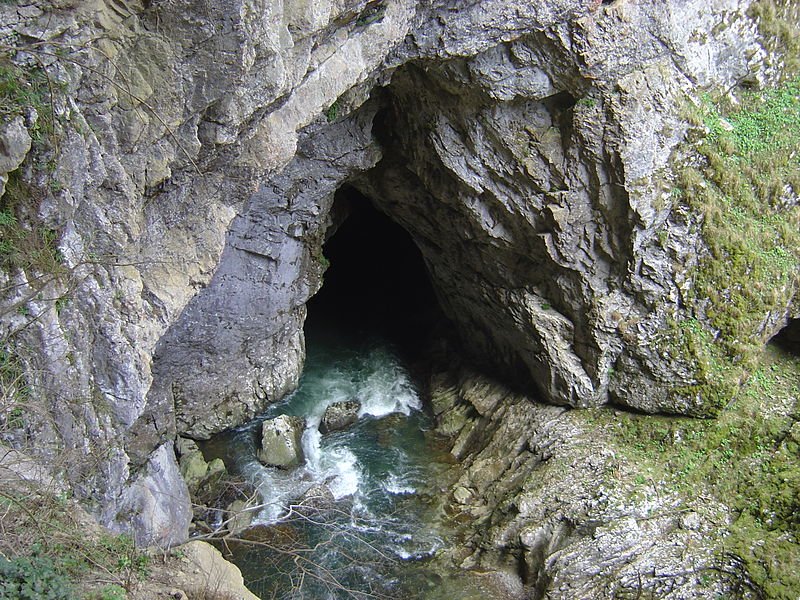
Created by the Reka River, which flows for some 40km underground before carving its way up into the soft limestone that makes up the Karst region, one of the two possible tours of the caves follows the natural entrance made by the river near the village of Škocjan. This tour can be done accomplished with or without a guide, and takes in the sections of the caves where many of the most important archaeological finds were made.
However, the more popular tour begins at the other end of the caves, through an artificial entrance, and passes by the main sights, including the so-called Silent Cave (Tiha Jama) and exits by way of the underground Reka River canyon, traversing the dizzying 50m Cerkvenik Bridge. Only guided tours are possible along this route. A third option is the above-ground educational trail, which circumscribes the landscape of the park, with a special emphasis given to its flora and fauna as well as to the rich cultural heritage of the area.
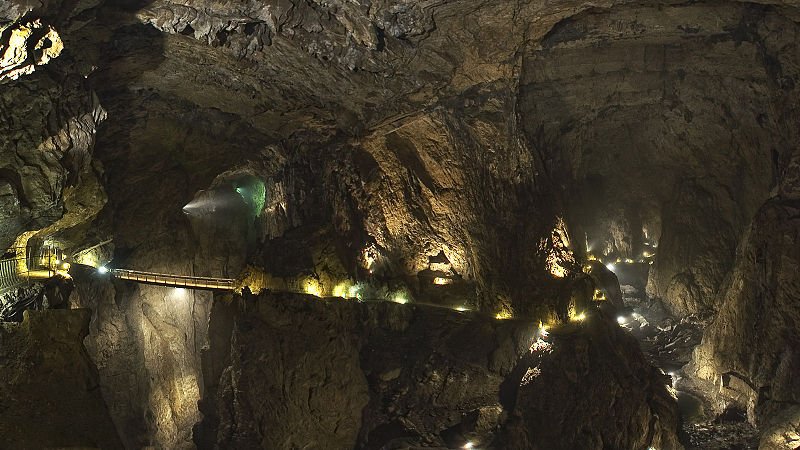
Located just outside the town of Divača in the southwest of Slovenia, Škocjan is easily reached by both car (via the A1 highway) and train, with up to 16 of the latter traveling between Ljubljana and Divača every day, from where it's a 3km hike along a well-marked path to the visitor information centre in Škocjan. Alternatively, several trains are met by free shuttle buses.



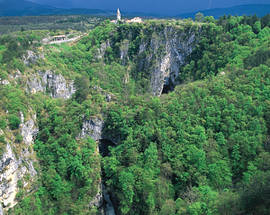
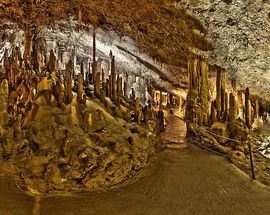



Comments